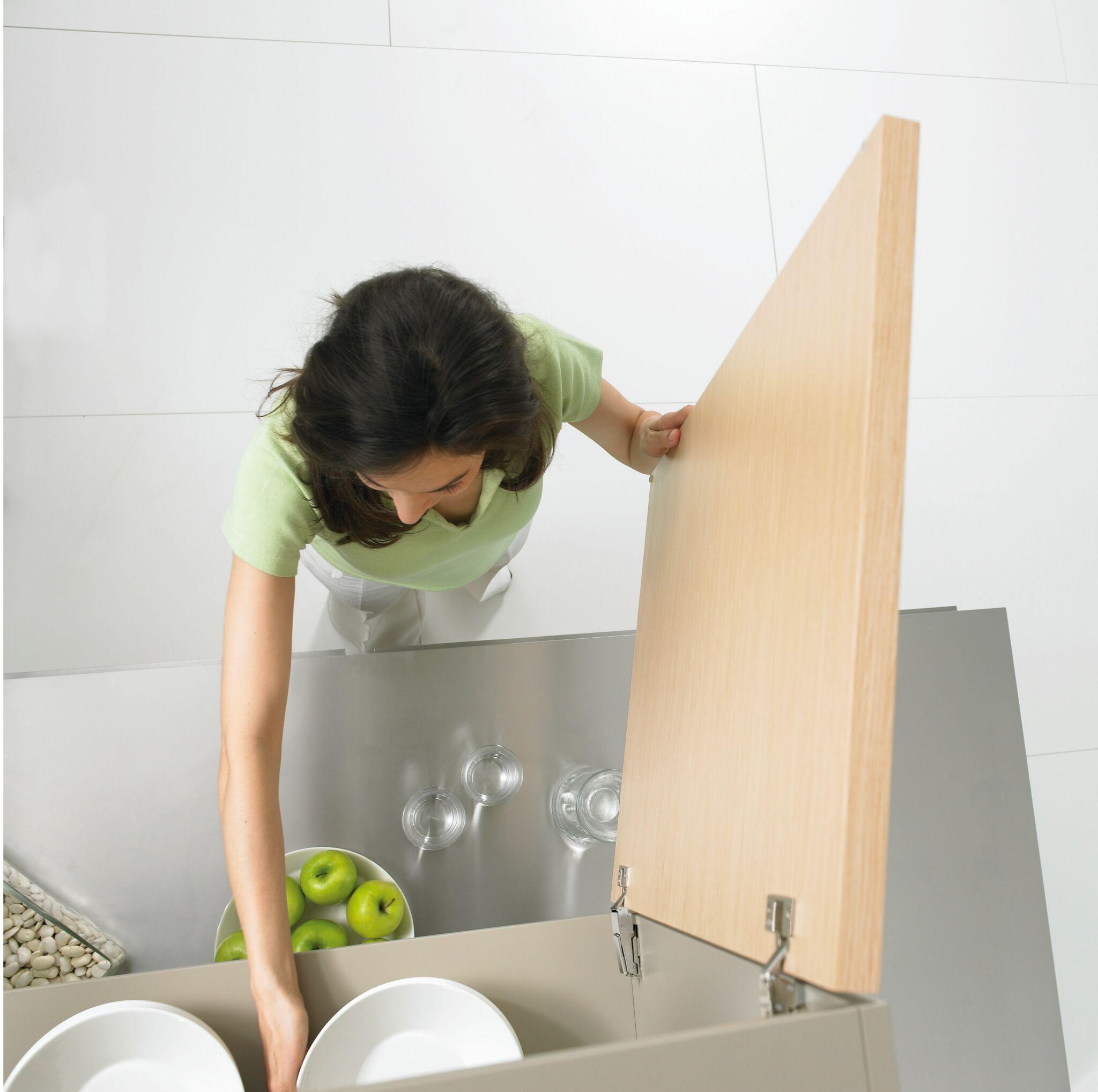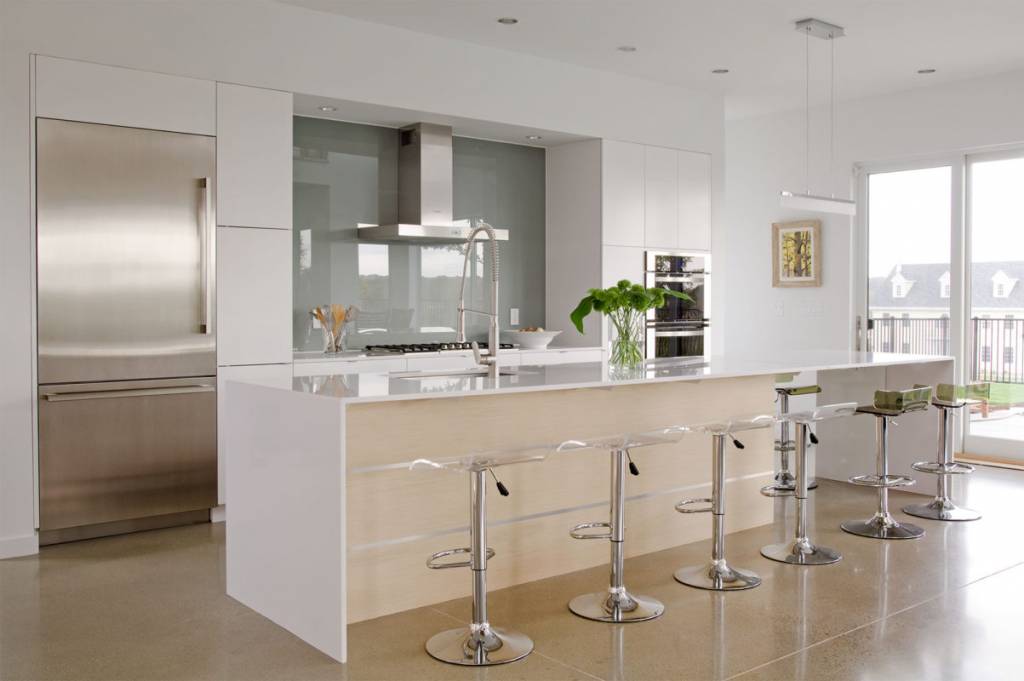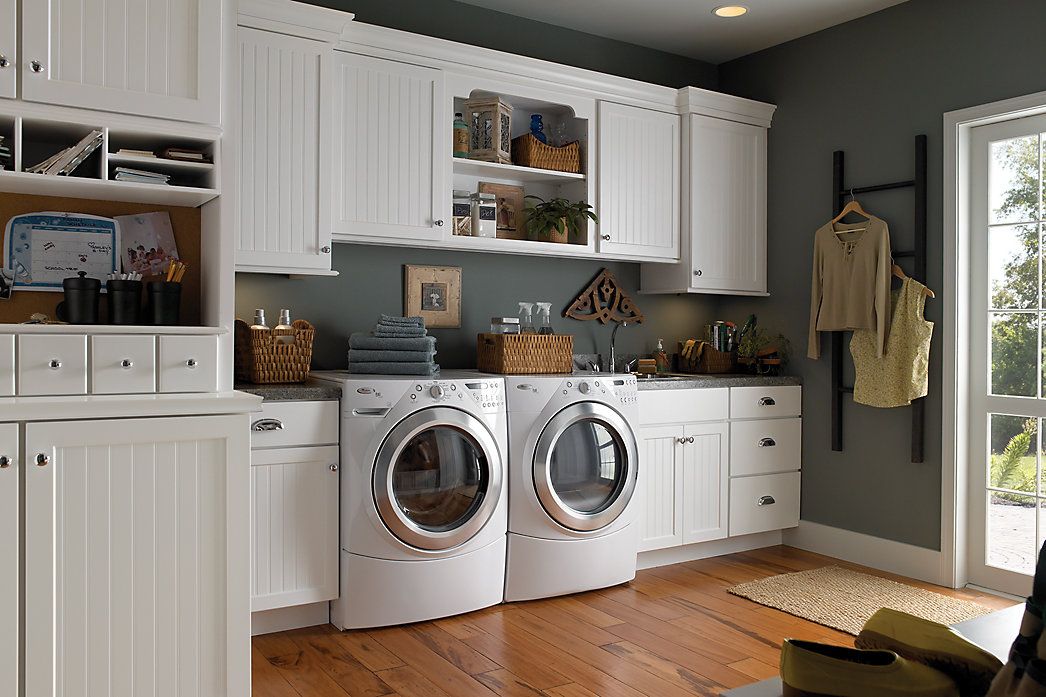If you’ve completed a kitchen remodel, you know that your custom cabinets play a vital role in the overall aesthetics and functionality of your new space. When left uncleaned, oils and contaminants can build up on frequently touched cabinet surfaces, especially around knobs and pulls. Proper cabinet care and maintenance is essential for ensuring your investment remains beautiful for years to come.
 Wipe Cabinets With Mild Soap and Water
Wipe Cabinets With Mild Soap and Water
While mild soap and water are suitable for cleaning all kitchen cabinet types and finishes, be cautious about excess moisture. Apply the mixture using a soft cloth, then rinse the cabinet with clean, fresh water to remove any detergent residue.
Choose Your Cleaning Cloths Wisely
When cleaning your cabinets, opt for soft, lint-free cloths. Ideal choices include soft cotton fabrics like cheesecloth or chamois. An old t-shirt can also work well.
Avoid using used dishcloths or sponges, as they may carry residue and chemicals that can damage the cabinet surface.
Avoid Abrasive Cleaning Solvents
Steer clear of harsh cleaning solvents that can scratch the cabinet finish or leave sticky residues. Say no to ammonia-based products and powdered cleaners. Instead, use mild, grease-cutting handwashing dish soap—it’s an ideal cabinet cleaner.
While waxes and sprays promise shine, they can leave residue and build-up. We recommend the use of a quality cleaner or polish, such as Guardsman® branded products. Revitalizing oils are not recommended.
Limit Exposure to Moisture and Direct Sunlight
Wood and wood finishes dislike excessive moisture. Avoid leaving wet or damp items on your cabinets, especially near sinks or dishwashers. Wipe up spills promptly to prevent water damage.
Direct sunlight can cause fading and discoloration over time. Consider using curtains or blinds to protect your cabinets from prolonged exposure to natural light.
Prevent Chips and Scratches
Be cautious of objects hitting cabinet fronts that may cause chips and scratches to cabinet surfaces. If scratches do occur, refer to a touchup kit provided by the cabinet manufacturer to gently fill in scratches with a color-matched pen or marker.
Don’t Overlook Your Countertops
Dust and grime accumulate on counter surfaces, too. Regularly dust and wipe down your countertops to maintain their appearance. Certain natural surface materials require occasional oiling or sealing to keep them looking bright and new.
Remember, consistent cabinet care and maintenance will keep your kitchen looking beautiful and functional. Whether you have wood cabinets, laminates, or painted surfaces, these guidelines apply universally. To learn more about the differences between custom cabinet materials and best practices for taking care of them, contact us.








